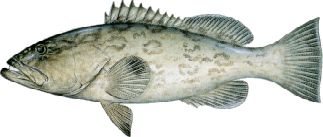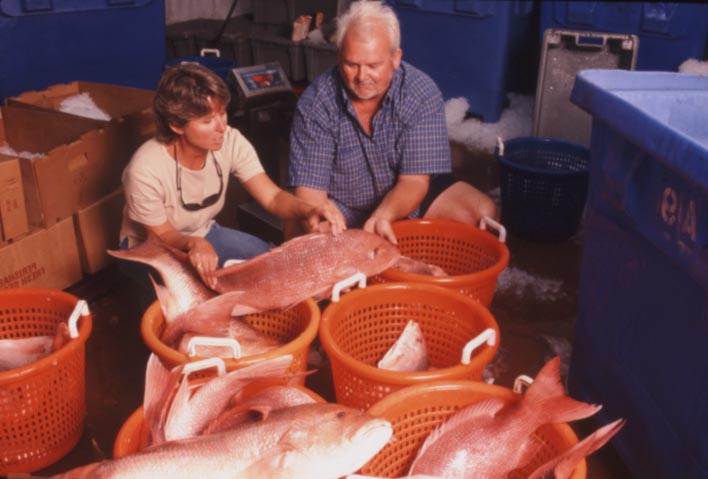 This morning the National Oceanic and Atmospheric Administration (NOAA) made one of the most significant decisions in the name of saving Gulf of Mexico fisheries, fishermen, and coastal fishing communities by approving a multi-species individual fishing quota (IFQ) program for Gulf of Mexico grouper and tilefish. The program will be implemented in January, creating one of the largest multi-species IFQ programs in federal waters of the continental U.S.
This morning the National Oceanic and Atmospheric Administration (NOAA) made one of the most significant decisions in the name of saving Gulf of Mexico fisheries, fishermen, and coastal fishing communities by approving a multi-species individual fishing quota (IFQ) program for Gulf of Mexico grouper and tilefish. The program will be implemented in January, creating one of the largest multi-species IFQ programs in federal waters of the continental U.S.
The grouper/tilefish IFQ will build on the successful record of the red snapper IFQ, which has already significantly contributed to the recovery of the stressed red snapper species. Together, the programs will offer even more conservation benefits than either program alone.
Fishermen are ecstatic and so are we. It has been a long process, but with support from fishermen (who voted in favor of the IFQ by more than 80%), managers (the Gulf of Mexico Fishery Management Council voted in favor of the IFQ by more than 75%) and environmentalists, NOAA is implementing a strong conservation program that is welcomed by many.










 Earlier this summer
Earlier this summer 
 the water and at the docks.
the water and at the docks. Gulf of Mexico fisheries regulators recently closed down longline fishing (7-9 mile fishing lines with hundreds of hooks) in the Gulf of Mexico off west Florida for six months because the government reported that more threatened sea turtles were being caught than expected. The result of the closure is that turtles will be saved, but jobs will be lost.
Gulf of Mexico fisheries regulators recently closed down longline fishing (7-9 mile fishing lines with hundreds of hooks) in the Gulf of Mexico off west Florida for six months because the government reported that more threatened sea turtles were being caught than expected. The result of the closure is that turtles will be saved, but jobs will be lost. In the midst of all this, our very own Dave McKinney came up with a solution to save turtles and jobs. We’ve started a grant program that provides financial assistance to longline fishermen who convert to vertical gear, which causes far fewer turtle interactions. We have already received almost 30 applications and the new gear has already been put on more than five vessels.
In the midst of all this, our very own Dave McKinney came up with a solution to save turtles and jobs. We’ve started a grant program that provides financial assistance to longline fishermen who convert to vertical gear, which causes far fewer turtle interactions. We have already received almost 30 applications and the new gear has already been put on more than five vessels.  By Ryan Ono, Gulf Oceans Program Research and Outreach Associate
By Ryan Ono, Gulf Oceans Program Research and Outreach Associate